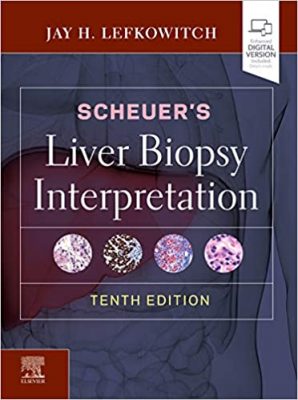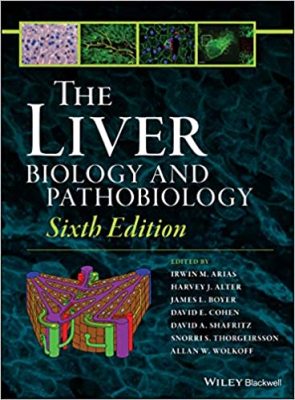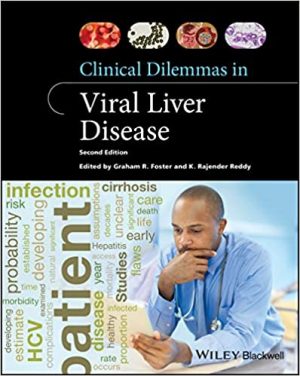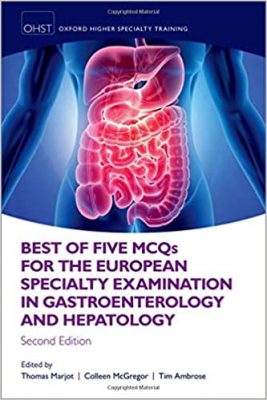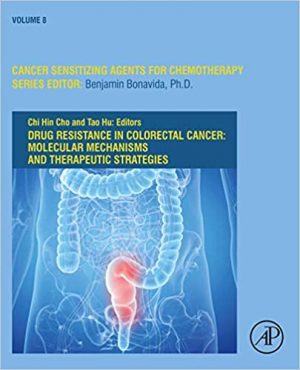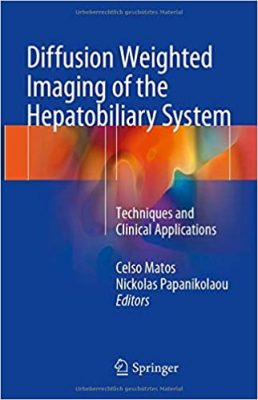Scheuer’s Liver Biopsy Interpretation 10th Edition
Scheuer’s Liver Biopsy Interpretation 10th Edition
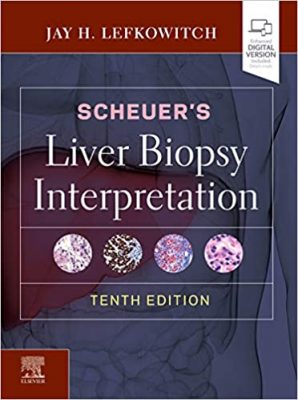
Trusted for more than 50 years by pathologists in practice and in training, Scheuer’s Liver Biopsy Interpretation is a well-organized, superbly illustrated guide designed to help solve diagnostic problems at the microscope. Authored by renowned expert Dr. Jay Lefkowitch and reflecting the extensive experience of the late Dr. Peter Scheuer, this practical text contains technical tips, diagnostic clues, and pearls on all aspects of liver pathology diagnosis, including acute and chronic hepatitis, biliary tract diseases, childhood disorders, and hepatic neoplasms – as well as ancillary topics such as biopsy assessment, laboratory techniques, normal liver histology, and transplantation. Throughout the text, histopathologic features are correlated with clinical features, molecular genetics, and immunohistochemistry to provide a practical account of how pathology impacts the diagnosis and management of liver disease.
Covers key topics such as genomic alterations in liver tumours, diagnosis of acute liver allograft rejection, scoring systems for non-alcoholic fatty liver disease, and discussions of immunohistochemical features wherever relevant.
Presents the latest information on next generation sequencing and drug-induced liver injury, including adverse reactions to new biologics and alternative medicines to help both the clinician and pathologist avoid diagnostic errors.
Features many new illustrations, including over 300 large, full-color and fully annotated photomicrographs that illustrate a wide range of pathologic appearances and help identify each diagnostic entity under discussion.
Offers coverage of cytopathology in the assessment of liver tumors to provide further clinical clues to diagnosis.
Provides basic overview of major histopathologic diagnostic problems in paediatric liver biopsy, including biliary atresia and several types of progressive familial intrahepatic cholestasis
Provides new and updated algorithms, tables and images highlighting key features of each diagnostic entity – ideal as a concise review during sign out or for studying and board preparation.
Enhanced eBook version included with purchase. Your enhanced eBook allows you to access all of the text, figures, and references from the book on a variety of devices.
DOWNLOAD THIS MEDICAL BOOK

